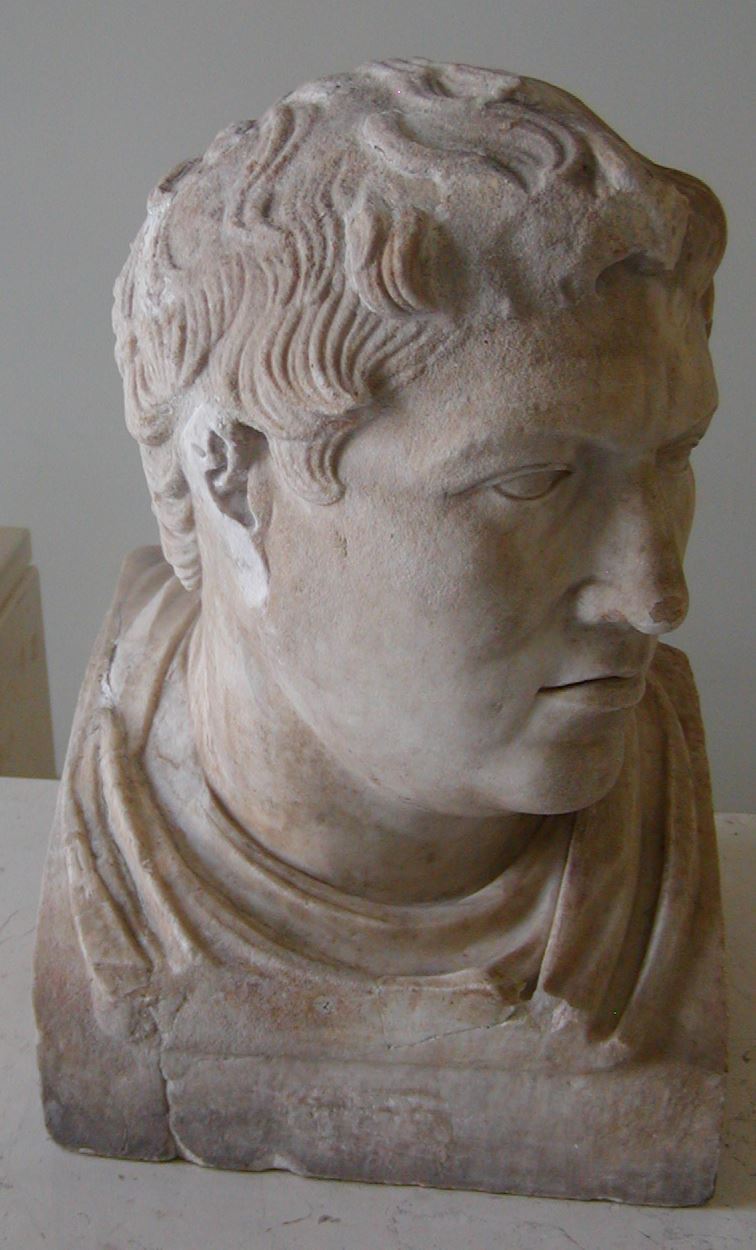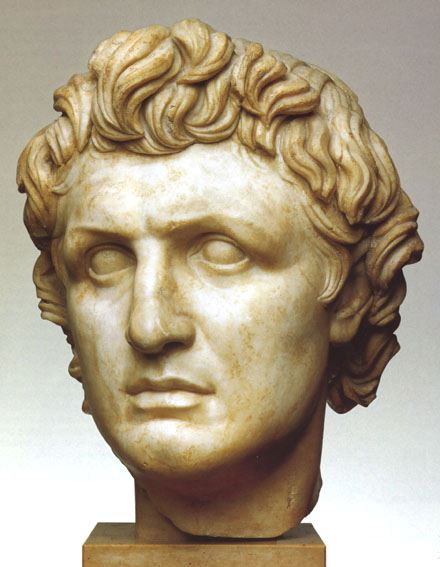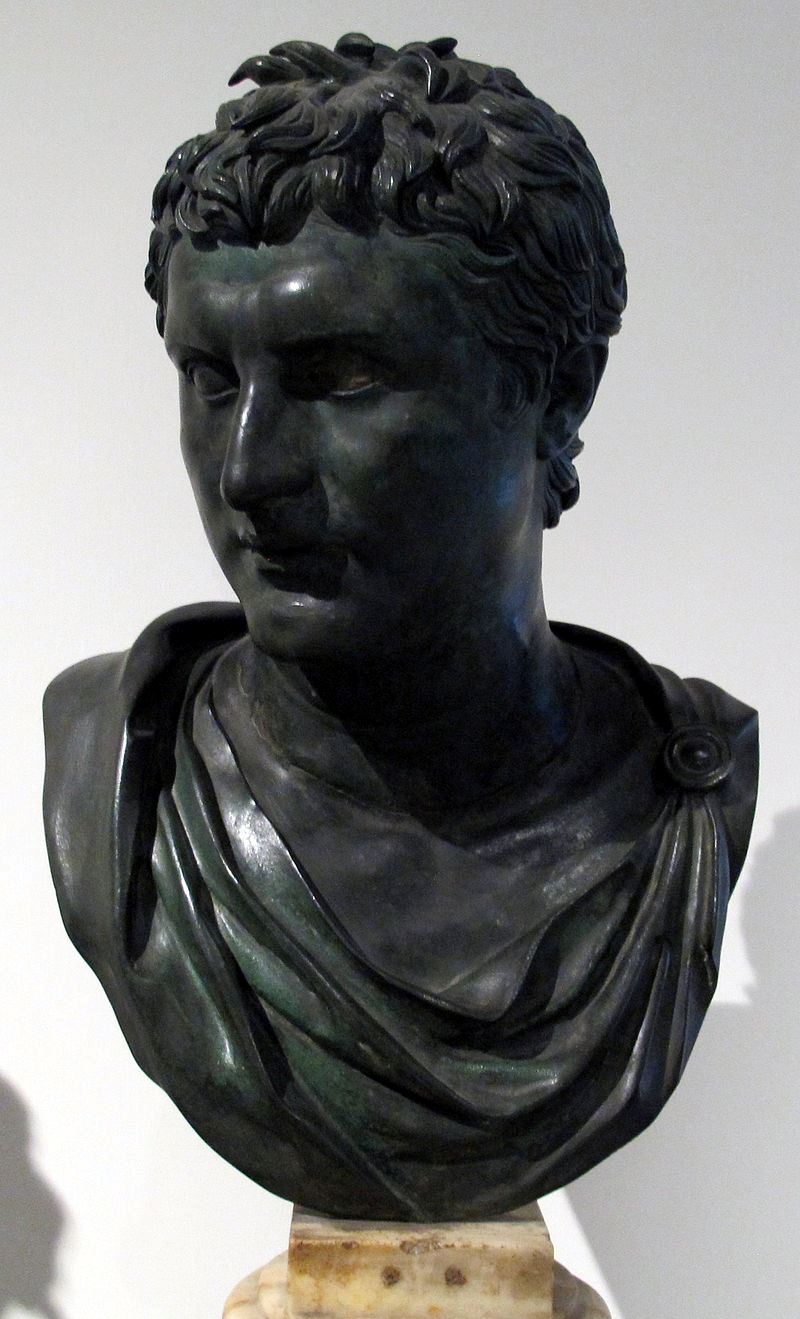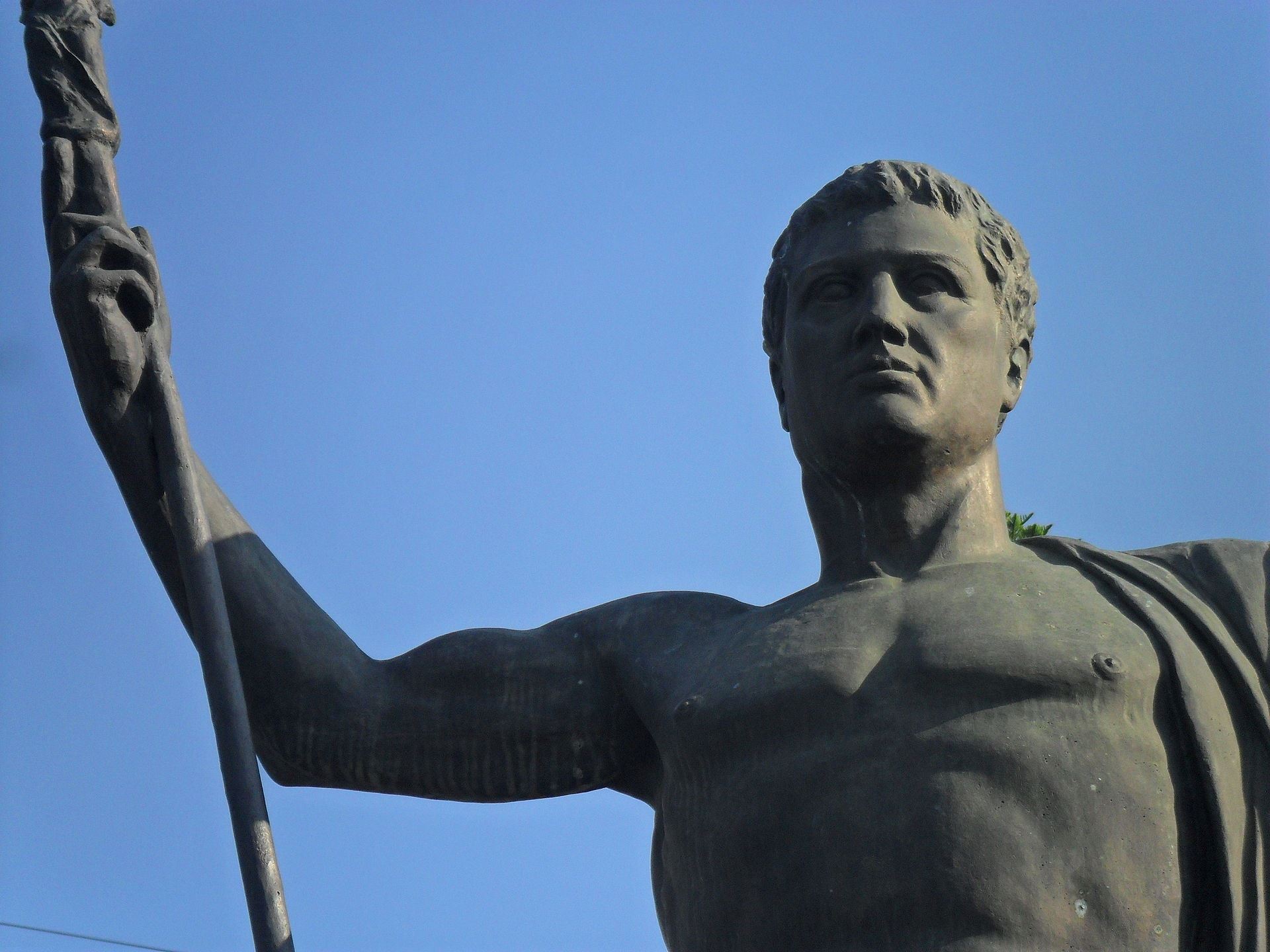When the Kingdom of Lysimachus collapsed in 281 BC, his general Philetaerus became an independent ruler, and founder of the Attalid dynasty. His family ruled Pergamon from 281 until 133 BC. The domain of Philetaerus was limited to the area surrounding the city itself, but Eumenes I was able to expand them greatly, though he did not declare himself king. The royal title was taken in 238 BC by his successor Attalus I, after defeating the Galatians.
The Attalids became some of the most loyal supporters of Rome in the Hellenistic world. Under Attalus I (241–197 BC), they allied with Rome against Philip V of Macedon, during the first and second Macedonian Wars. In the Roman–Seleucid War against the Seleucid king Antiochus III, Pergamon joined the Romans' coalition and was rewarded with almost all the former Seleucid domains in Asia Minor at the Peace of Apamea in 188 BC.
The last Attalid king, Attalus III died without issue and bequeathed the kingdom to the Roman Republic in 133 BC.
The Attalids became some of the most loyal supporters of Rome in the Hellenistic world. Under Attalus I (241–197 BC), they allied with Rome against Philip V of Macedon, during the first and second Macedonian Wars. In the Roman–Seleucid War against the Seleucid king Antiochus III, Pergamon joined the Romans' coalition and was rewarded with almost all the former Seleucid domains in Asia Minor at the Peace of Apamea in 188 BC.
The last Attalid king, Attalus III died without issue and bequeathed the kingdom to the Roman Republic in 133 BC.
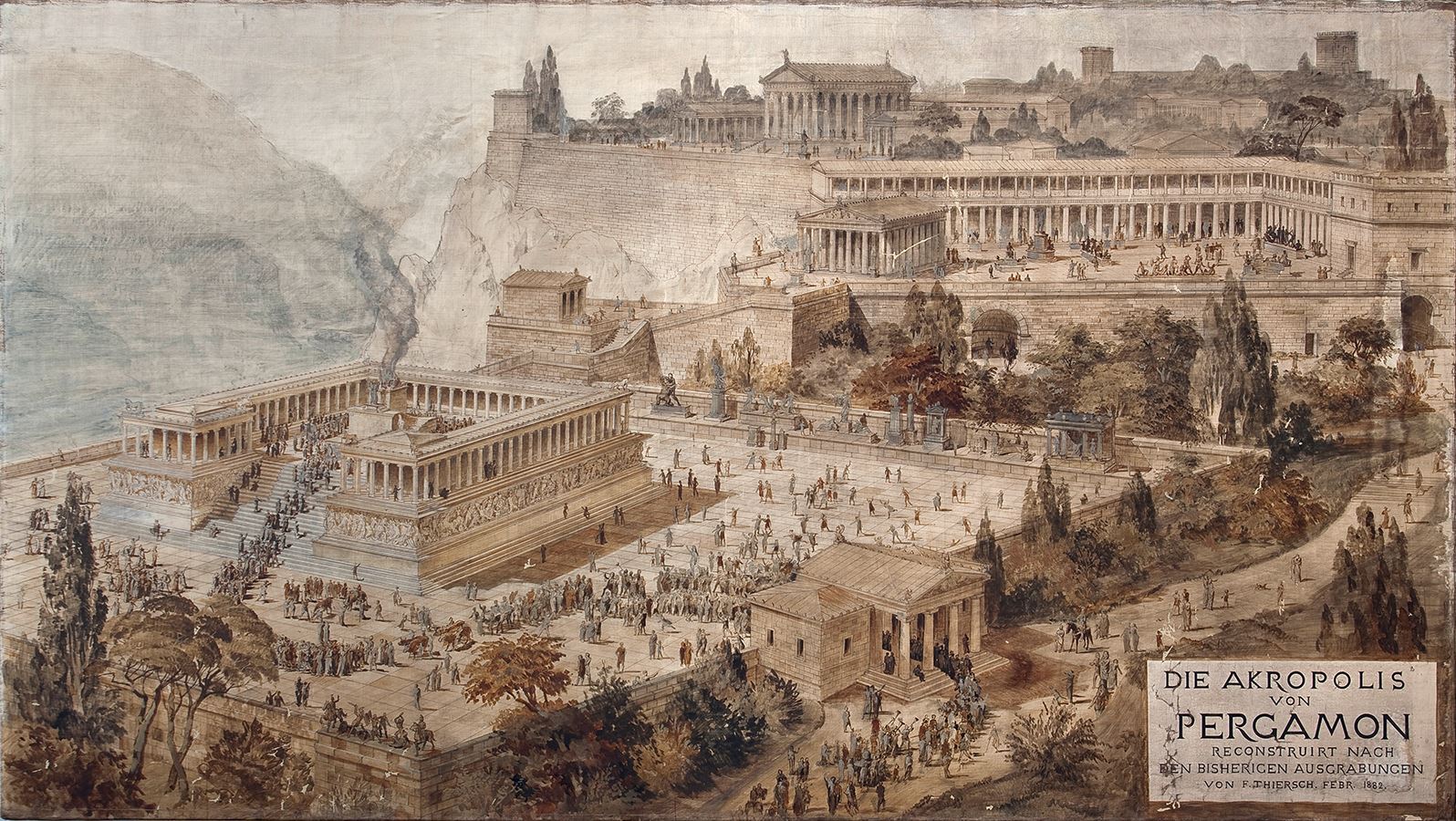
Philetaerus was the founder of the Attalid dynasty of Pergamon in Anatolia. After the death of Alexander the Great in 323 BC, Philetaerus became embroiled in the struggle for supremacy, called the Wars of the Diadochi. He served first under Antigonus. He then shifted his allegiance to Lysimachus, who, after Antigonus was killed at the Battle of Ipsus in 301 BC, made Philetaerus commander of Pergam...
Eumenes I was dynast (ruler) of the city of Pergamon in Asia Minor from 263 BC until his death in 241 BC. He was the son of Eumenes, the brother of Philetaerus, the founder of the Attalid dynasty, and Satyra, daughter of Poseidonius. As he had no children, Philetaerus adopted Eumenes to become his heir.
Although nominally under Seleucid control, Pergamon under Philetaerus enjoyed consid...
Although nominally under Seleucid control, Pergamon under Philetaerus enjoyed consid...
Attalus I ruled Pergamon, an Ionian Greek polis, first as dynast, later as king, from 241 BC to 197 BC. He was the first cousin once removed and the adoptive son of Eumenes I, whom he succeeded, and was the first of the Attalid dynasty to assume the title of king in 238 BC.
Attalus won an important victory over the Galatians, newly arrived Celtic tribes from Thrace, who had been, for mo...
Attalus won an important victory over the Galatians, newly arrived Celtic tribes from Thrace, who had been, for mo...
Eumenes II was a ruler of Pergamon, and a son of Attalus I Soter and queen Apollonis and a member of the Attalid dynasty of Pergamon. He followed in his father's footsteps upon becoming king and collaborated with the Romans to oppose first Macedonian, then Seleucid expansion towards the Aegean, leading to the defeat of Antiochus the Great at the Battle of Magnesia in 190 BC.
Following t...
Following t...
Attalus II was a King of Pergamon and the founder of modern-day Turkish city Antalya. He was the second son of Attalus I Soter and queen Apollonis of Cyzicus, and ascended the throne first as co-ruler alongside his ailing brother Eumenes II in 160 BC, whose widow Stratonice of Pergamon he married in 158 BC upon Eumenes' death.
Attalus expanded his kingdom with the help of his good frien...
Attalus expanded his kingdom with the help of his good frien...
Attalus III was the last Attalid king of Pergamon, ruling from 138 BC to 133 BC. He was the son of king Eumenes II and his queen Stratonice of Pergamon, and was the nephew of Attalus II, whom he succeeded.
According to Livy, Attalus III had little interest in ruling Pergamon, devoting his time to studying medicine, botany, gardening, and other pursuits. He had no male children or heirs ...
According to Livy, Attalus III had little interest in ruling Pergamon, devoting his time to studying medicine, botany, gardening, and other pursuits. He had no male children or heirs ...
Eumenes III was a pretender to the throne of Pergamon. He led a revolt against the Pergamene regime and found success early on, seizing various cities near the coast of Anatolia, including the island of Samos, and killing the Roman consul Publius Licinius Crassus Dives Mucianus.
Eumenes’ revolt was met with staunch opposition, coming not only from the Romans but also from the surroundin...
Eumenes’ revolt was met with staunch opposition, coming not only from the Romans but also from the surroundin...

